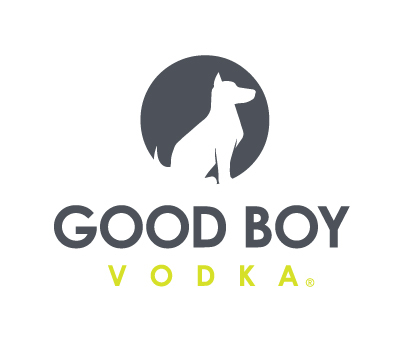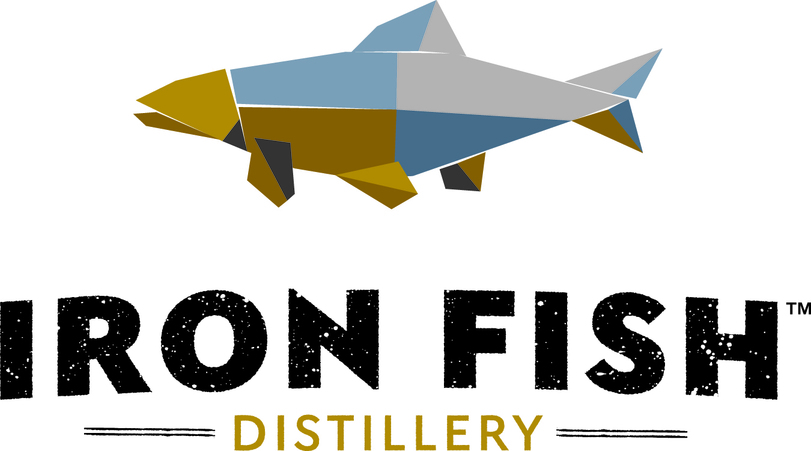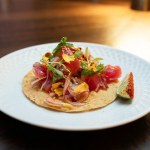Takeaways From Pretzel Crisp’s 7-Year Trademark Battle

The legal saga between Snyder’s-Lance, the maker of Pretzel Crisps, and PepsiCo’s Frito-Lay, maker of Rold Gold’s Pretzel Thins, may already have seven years under its belt, but it’s seems to be only beginning. While the final chapter is yet to be written, the ongoing court proceedings are already serving as a cautionary tale to emerging food and beverage brands.
Last week, the U.S. Trial and Trademark appeal board (TTAB) once again sided with Frito-Lay over Snyder’s-Lance’s subsidiary Princeton Vanguard, saying the phrase “pretzel crisps” cannot be registered as a trademark because consumers categorize it as a kind of snack rather than a brand or source designation. The court deemed “pretzel” and “crisp” individually, as well as when used as a phrase together, as generic.
The loss is just one of many back and forth rulings in the history between the two companies. The seven year battle began in 2006 when Princeton Vanguard first registered for the mark “pretzel crisps” on the USPTO Supplemental Registration and later filed an application to register it on the Principal register. It wasn’t until 2010, when the brand had seen more success, that Frito-Lay North America filed a petition to block the trademark application, arguing that the phrase was generic and too descriptive of all pretzel-like cracker products. In 2014, the courts agreed. Princeton Vanguard quickly appealed, but earlier this month TTAB found again that the term was generic.
PepsiCo did not immediately respond to NOSH’s request for comment, however David H. Bernstein of Debevoise & Plimpton, counsel to Snyder’s-Lance, said that Snyder’s-Lance is “very disappointed” in the Trademark Office’s decision, especially regarding its evaluation of the company’s consumer survey evidence.
“We are disappointed because the Federal Circuit was very clear [in previous rulings regarding this case] in saying to the Trademark Office that they need to take into account these surveys,” Berstein told NOSH, referring to “Teflon” surveys performed with consumers to determine how they categorize and think about products. “These surveys shows that when consumers see the mark Pretzel Crisps, they know it is a brand name. They aren’t confused whether it means a category of goods, like popcorn or potato chips.”
Snyder’s-Lance is in the process of appealing the decision, and Bernstein said that while this case has been going on for seven years, that they are still only starting their fight — and that there are no changes coming in the way his client uses the trademark for now.
“Pretzel Crisps were launched more than a decade ago and there are tons of competitors in that space,” he said. “All of these other products have had no problem identifying their brand and what the product is, so that itself is very strong evidence that this is not a generic term that other manufacturers need to use to fairly compete.”
However, not all experts agree. Numerous legal representatives interviewed for this piece — who have no direct connection to this case –told NOSH that Princeton Vanguard’s decision to first apply for a trademark on the supplemental form, rather than the principal list with its stricter requirements, shows that the team knew from the start that the name was a weak mark.
“They lost the case because the standard is based on what the consuming public thinks,” Oliver Herzfeld, General Counsel of Beanstalk, an Omnicom-owned agency and global brand extension consultancy, told NOSH. “The real question here is what is a pretzel crisp? Is this something that is generic because it just means pretzel crackers or is it something descriptive because the crisps are describing the type of cracker and consumers understand that to be only coming from one place, making it more unique.”
Though Pretzel Crisp was ahead of the innovation curve and the first to come out with a product under this designation, being first is not protective armor when it comes to trademarks.
“The lesson to be learned is when you select a mark, spend the time and effort to select a protectable mark in the first place rather than one that looks like you could get away with it,” Kelly Tillery, partner at Pepper Hamilton, told NOSH. “You could invest in something that becomes your baby, so to speak, and you won’t be able to protect it later on.”
What does help is having distinctive name from the start. An arbitrary name like Kodak or Xerox, Herzfeld said, is the strongest type of trademark. From there, it gets less black-and-white. For example, while Apple is generic when referring to the fruit, it is unique and protectable when referring to computers and technological devices, he said.
If your mark is weak, one way to make it stronger is through exercise, both Tillery and Alva Mather, also a partner at Pepper Hamilton, noted. Mather said brands should always use their trademark in any and all communication. Mathers added that this one of Princeton Vanguard’s main downfalls; the company itself did not use the phrase “Pretzel Crisps” in a trademarked fashion in numerous emails and company literature.
“You’re talking about emerging companies and an environment where advertising and marketing within social media is playing a little more fast and loose with language,” she said. “Your people have to understand the stakes. At the end of the day, the brand for food and beverage companies, that is their main source of revenue.”
Still while being generic is a common defense in trademark law, to render a trademark generic is rare because it is so difficult to prove. The evidence requires testimonies, experts interpreting dictionary definitions, secondary evidence and the aforementioned Teflon surveys.
The nature of this trademark case in particular has been unusual, mostly because of its length and legal budget, Tillery told NOSH, adding that normally trademark cases such as this settle out of court because they don’t have the capital to fight and run a business simultaneously. However, because these players are backed by two of the world’s largest food conglomerates, they have the funds to fuel seven years — and counting — of legal fees. Those bills are expected to continue to climb.
Snyder’s Lance will appeal again, citing a recent court ruling in favor of Booking.com that valued evidence by surveys.
“Booking.com is a good example of how the trademark office can get these things wrong, unfortunately, and how, when you go to court, you can get that fixed,” Bernstein said. “So just like in Booking’s case, we expect when we submit all of the evidence to the courts, including the surveys, that a court will look at this and say, ‘well of course Pretzel Crisps is a brand name.’”
















